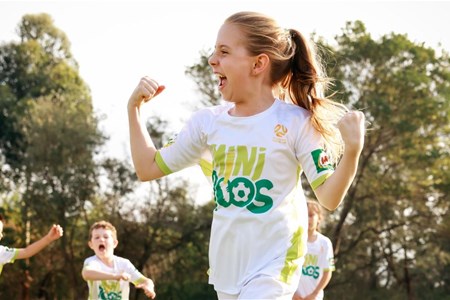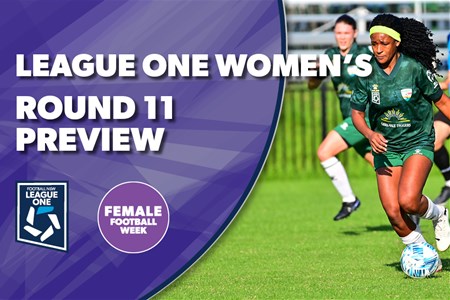Unlocking the benefit of your assistant coach

How often do we see the assistant coach out on the grass standing with their hands folded next to the head coach observing training? Maybe they are asked to move some cones or collect some balls.
For those of us fortunate enough to have an assistant coach, are you unlocking the best of that resource? Every assistant coach has their own football knowledge which can be shared with players. Every assistant coach has the ability to ‘ref’ a segment of training. Even when the assistant coach is not as experienced or qualified as the head coach, that additional assistant resource still provides the head coach with an opportunity to free up their own time. This freedom allows the head coach to focus exclusively on delivering the session coaching points, individual player development or even the luxury to just observe for a while.
Across Australia, its rare that you see a properly utilized assistant coach on a training pitch or even on match-day for that matter. The use of your assistant coach(es) should be considered in your planning and included in your session plan as part of your resource planning. In your session plan, make it clear what is the head coach’s role in each part of the session and what is the specific role of the assistant coach in each training segment.
Here are some ideas to get the most out of your assistant coach resource:
- Allow the assistant coach to manage or ‘ref’ the main training segment of your session i.e. they decide on whether a goal is a goal, whether the ball went out, keep the score is, determine fouls, which players rotate to where etc. That role of ‘managing the session’ frees up the head coach to focus solely on delivering the coaching points and interventions. As coaches we often get caught up in ‘ref-ing’ the training that we lose opportunities to intervene with coaching points.
- Task the assistant coach to work with the opponent team in training. For example, the head coach wants to work with the attackers to break down a low-block. The assistant coach can exclusively focus on quickly getting the opponents defence into the correct shape which allows the head coach to focus on the attackers and the coaching points required to break down the opponent.
- Designate the assistant coach on to one player position on the pitch and arm them with the coaching points or cues to help that player using ‘coaching on the run’. For example, maybe the focus of the session is on finding wide attacking options when the ball is central. In this example, the head coach is working with the central midfielders and the assistant coach can be assisting the right wide player on the timing of their runs and the specific movement required to meet the pass out wide.
- Split the player group in two so players get more touches on the ball. For example, one large possession game at the start could be broken down into two games. The head coach explains the rules and the session objective and the players break off into two games – one overseen by the head coach and the other by the assistant coach. As a result, players will get more touches on the ball. The head coach can swap groups with the assistant coach part way through the segment.
- Finally, get the assistant coach to ‘ref’ the game at the end. The head coach should be totally focused on observation at this stage but all too often we are ref’ing a foul or a ball went out. Those training game distractions take away our focus from whether our session objective is being adopted by our players.
For the rest of the season, challenge yourselves to better utilise your assistant coach in your session plans and provide them with clear instructions in their role for each part of your training session. Utilising your additional coaching resource can only lead to improved player development.
Written by Gareth Banks.


